Spring should burst with flavor—but not all vegetables deliver the promise. Some spring picks end up a bitter letdown, draining your garden of its potential. Imagine reaching for crisp, juicy produce and getting wilted, lifeless greens instead. These underperformers leave your meals flat and your hopes dashed before they even sprout. It’s time to call out those veggies that simply disappoint and embrace bold alternatives that sing with taste and texture. Every harvest should spark culinary magic, not a sigh of regret. Wave goodbye to the drab and underwhelming, and welcome a garden filled with plants that inspire your cooking and brighten your plate. Let’s dive into the 17 spring vegetables that fall short—and reveal the winners you should plant instead for a season of true, delicious abundance.
Iceberg Lettuce
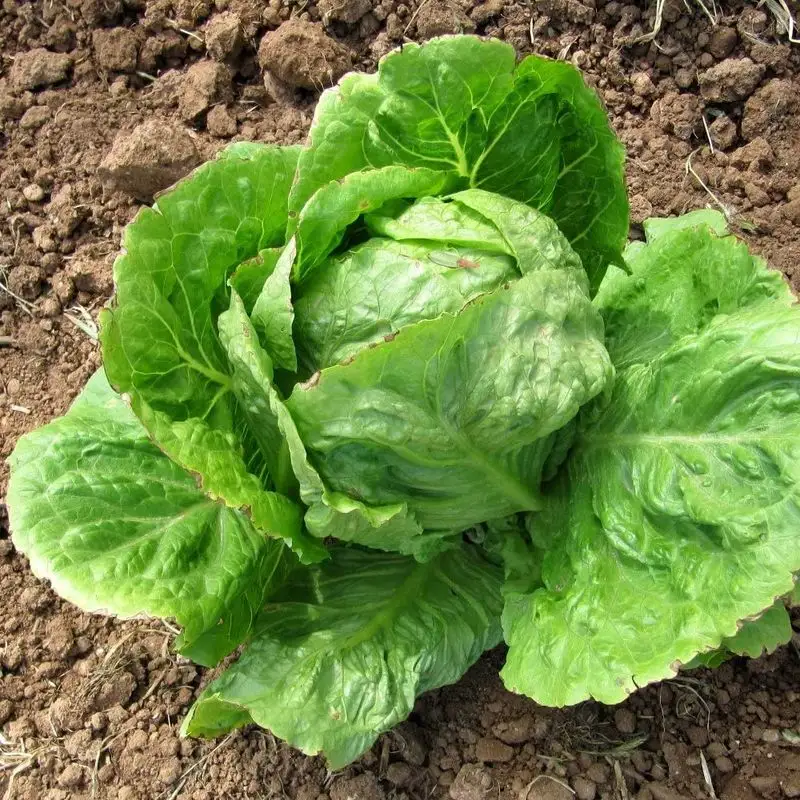
Often chosen for its crispy texture, iceberg lettuce can underwhelm gardeners due to its lack of flavor and vulnerability to pests. As temperatures rise, it can bolt quickly, turning bitter and unappetizing.
Consider instead the versatile and nutrient-rich arugula. Its peppery leaves add a zesty kick to salads and grow rapidly in cooler spring temperatures. Resistant to many common lettuce pests, arugula is both a flavorful and practical choice for your garden.
Embrace this leafy green to enjoy a more rewarding spring harvest that invigorates your meals.
Radishes
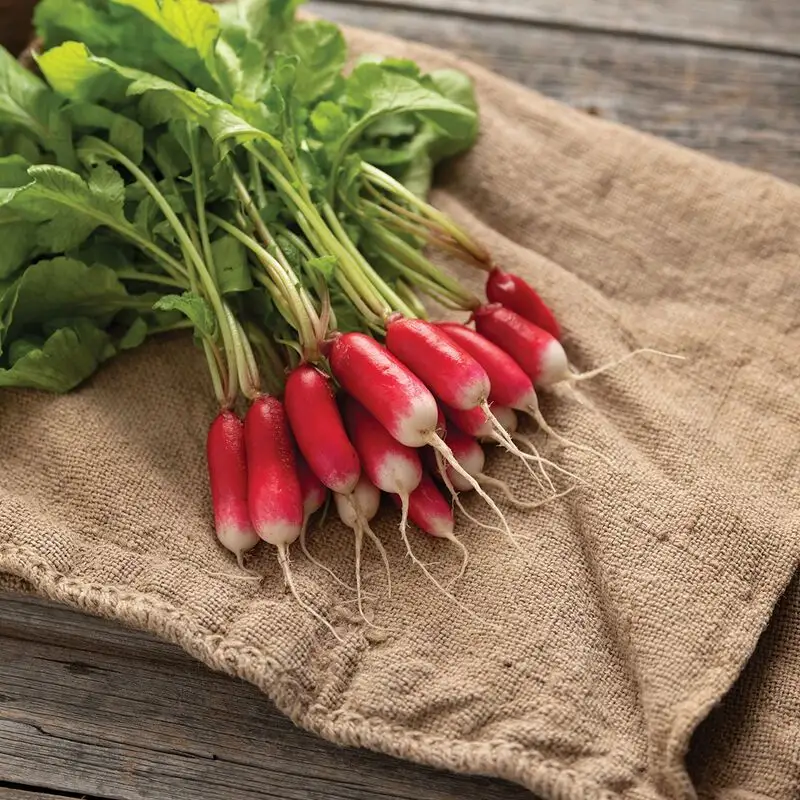
Radishes are often planted for their rapid growth, but they can be a letdown if harvested too late. Their crisp texture can quickly turn tough and woody, leaving you with a root that’s more fibrous than refreshing.
Instead, try planting French breakfast radishes. These petite red-and-white beauties boast a mild, sweet flavor and remain tender even when left in the soil a bit longer.
Perfect for snacking, they’re a delightful alternative that combines aesthetic appeal with culinary versatility.
Snow Peas

While snow peas are beloved for their sweet crunch, they sometimes suffer in spring’s unpredictable weather. Inconsistent temperatures may hinder their growth, leading to sparse pod production.
Opt for sugar snap peas as a more reliable alternative. These robust plants handle temperature fluctuations better and offer plump, juicy pods that are perfect for fresh eating or cooking.
Their delightful sweetness can enhance your spring dishes, ensuring a more dependable and gratifying harvest.
Broccoli

Broccoli can be a tricky spring crop; it often struggles with timing and temperature. Heads form too early or too late, resulting in small or uneven florets that fail to impress.
Romanesco broccoli, known for its striking fractal appearance, offers a unique twist. It thrives in similar conditions but tends to be more forgiving with temperature swings.
Its nutty flavor and eye-catching geometry make it a garden standout, transforming your vegetable patch into a visual and culinary delight.
Cauliflower
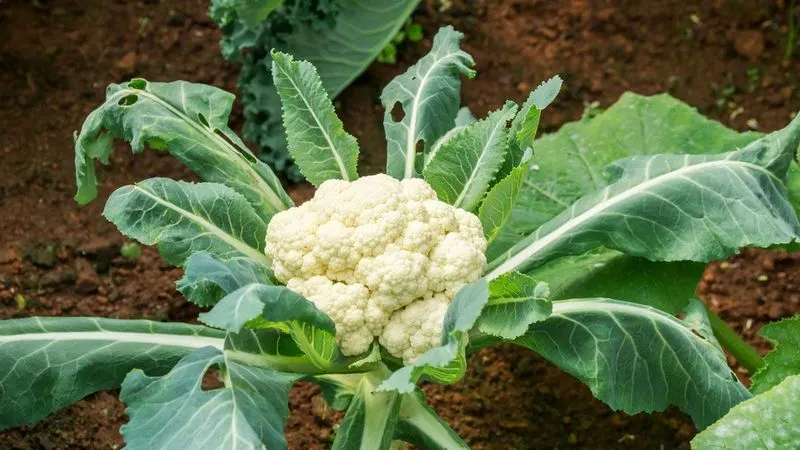
Cauliflower is often unpredictable, requiring precise conditions to produce those coveted firm, white heads. Temperature fluctuations and pest pressures often lead to brown patches or stunted growth.
Try growing kohlrabi instead. This unique vegetable is less demanding and thrives in varying climates. The bulbous stem is crunchy and sweet, a delightful addition to salads and slaws.
Kohlrabi offers a striking visual contrast with its pale green or purple hues, bringing both beauty and versatility to your spring garden.
Spinach

Spinach’s rapid bolting in rising spring temperatures can be disheartening, leaving you with a bitter, unpalatable crop. Its delicate leaves are also prone to pest damage, complicating care.
Opt for Swiss chard as a resilient and tasty substitute. This leafy green is more tolerant of temperature swings and boasts a stunning array of vibrant stalk colors.
With a slightly earthy flavor, Swiss chard not only withstands the trials of spring but also enriches your garden with its beauty and culinary potential.
Carrots
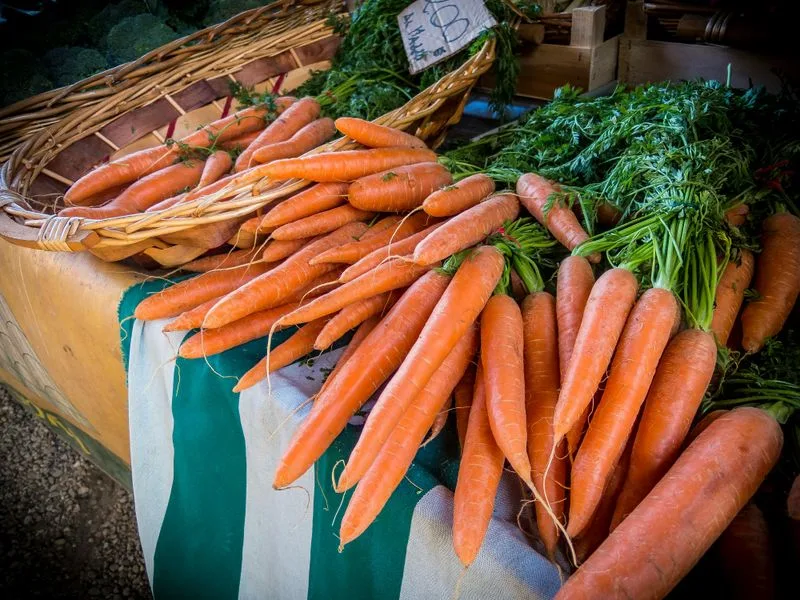
Despite their popularity, carrots can disappoint when encountering compacted soil, which leads to forked or stunted roots. Spring planting may exacerbate these issues, leaving gardeners frustrated.
Consider planting parsnips as a robust alternative. These root vegetables thrive in similar conditions but can handle soil variability better.
Their sweet, nutty taste makes them a delightful addition to roasts and stews, offering a reliable and satisfying harvest where carrots might fail.
Celery
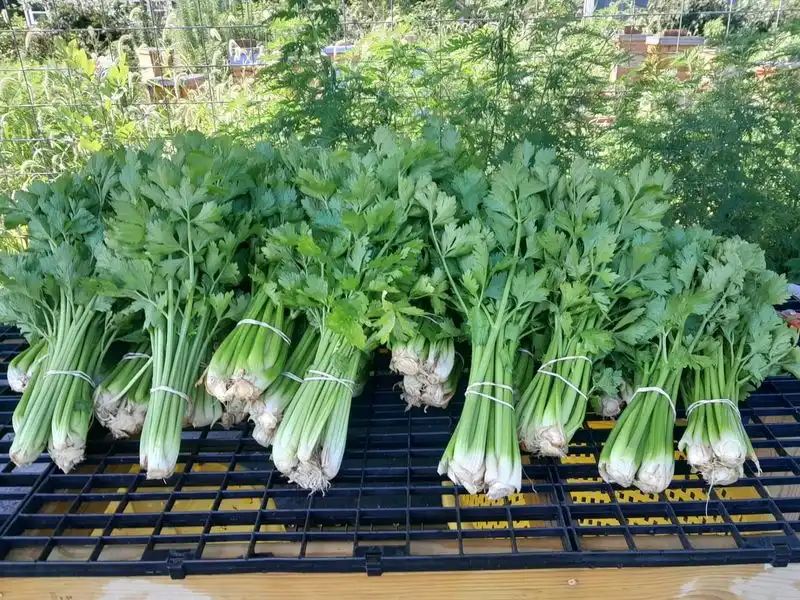
Celery is notorious for its exacting growing requirements, often resulting in thin, bitter stalks if conditions aren’t perfect. It’s sensitive to temperature and moisture fluctuations, making consistent growth a challenge.
Swap celery for celeriac, a hardy root cousin. Celeriac thrives where celery struggles, offering a mild, celery-like flavor with a unique twist.
Its gnarled appearance hides a deliciously versatile vegetable that’s perfect for soups, mashes, and salads, making it a worthy addition to your spring garden repertoire.
Brussels Sprouts
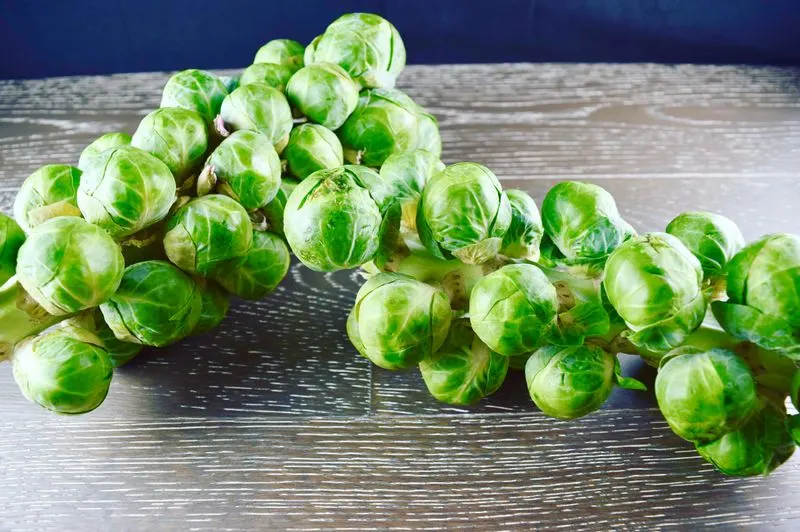
Brussels sprouts can be frustratingly slow to mature, often resulting in small, underdeveloped sprouts when spring conditions aren’t ideal. Temperature swings can further hinder their growth.
Try growing bok choy as a faster-maturing alternative that brings a fresh, crisp texture to your dishes. It’s more forgiving of climate changes and offers a quick turnaround from planting to harvest.
Whether stir-fried or steamed, bok choy’s mild and versatile flavor can adapt to various culinary styles, brightening your spring menu.
Asparagus
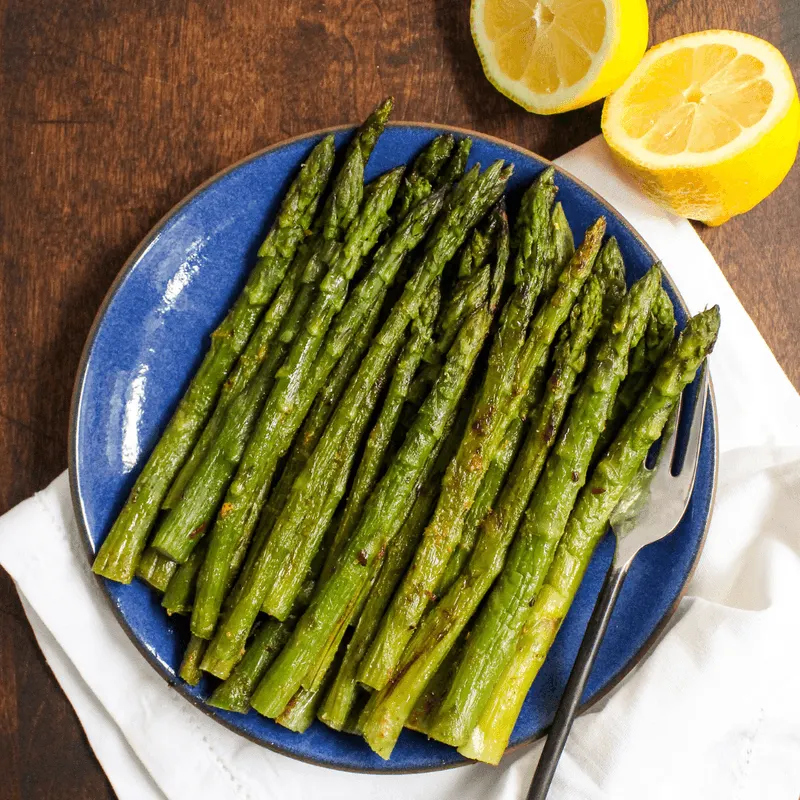
While asparagus is a celebrated perennial, its initial establishment can be slow, requiring patience and perfect conditions for a good yield. New growth is often sparse, leaving gardeners wanting.
In its place, consider the vibrant and adaptable salsify, also known as the oyster plant. This root vegetable is easier to grow and offers a unique flavor reminiscent of oysters.
Salsify’s delicate taste and ease of growth make it a captivating choice for adventurous gardeners seeking something new for their spring plot.
Beets
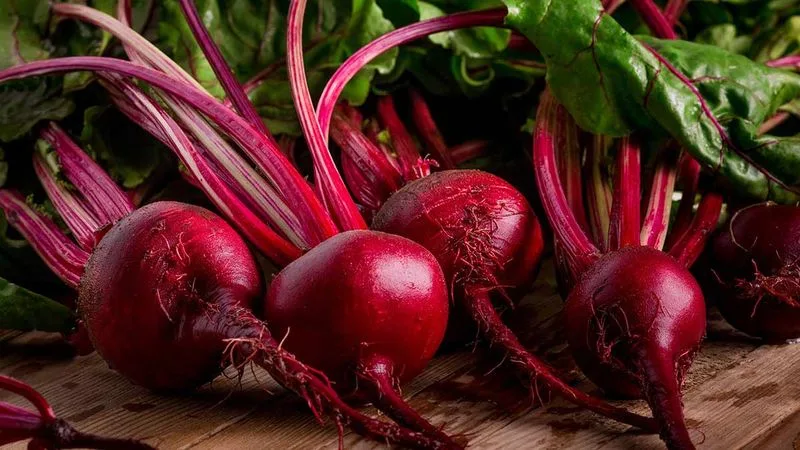
Beets may seem straightforward, but they often face challenges like poor germination and uneven root size, especially in spring’s unpredictable weather.
Turnips present a hardy alternative, thriving in similar conditions with less fuss. They grow rapidly, offering tender roots that boast a peppery flavor perfect for various dishes.
Easy to cultivate and versatile in the kitchen, turnips can swiftly replace beets as a reliable and rewarding crop in your spring garden.
Artichokes
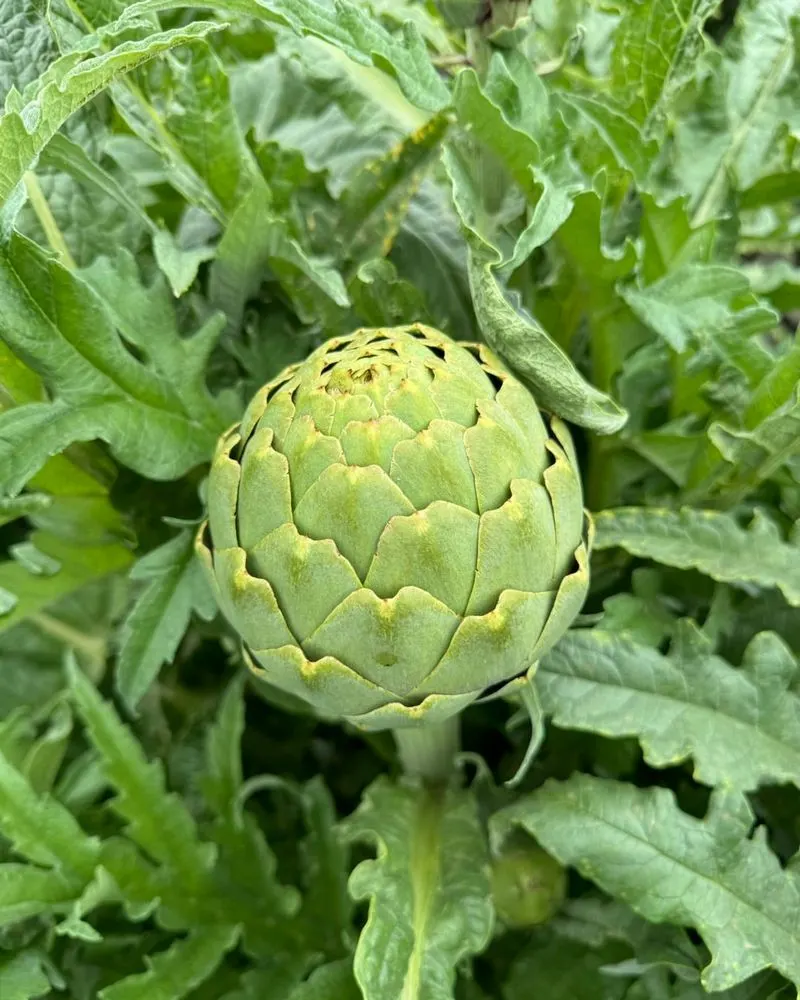
Artichokes demand patience and space, often disappointing with small or misshapen heads if conditions aren’t just right. They require a long growing season that can be difficult to manage.
Instead, plant cardoons, a relative with a similar taste but easier growth requirements. Cardoons are more adaptable to varying climates and offer a unique, tangy flavor.
Their bold presence and artichoke-like taste make them a striking yet practical choice for gardeners seeking both aesthetics and flavor diversity.
Lettuce
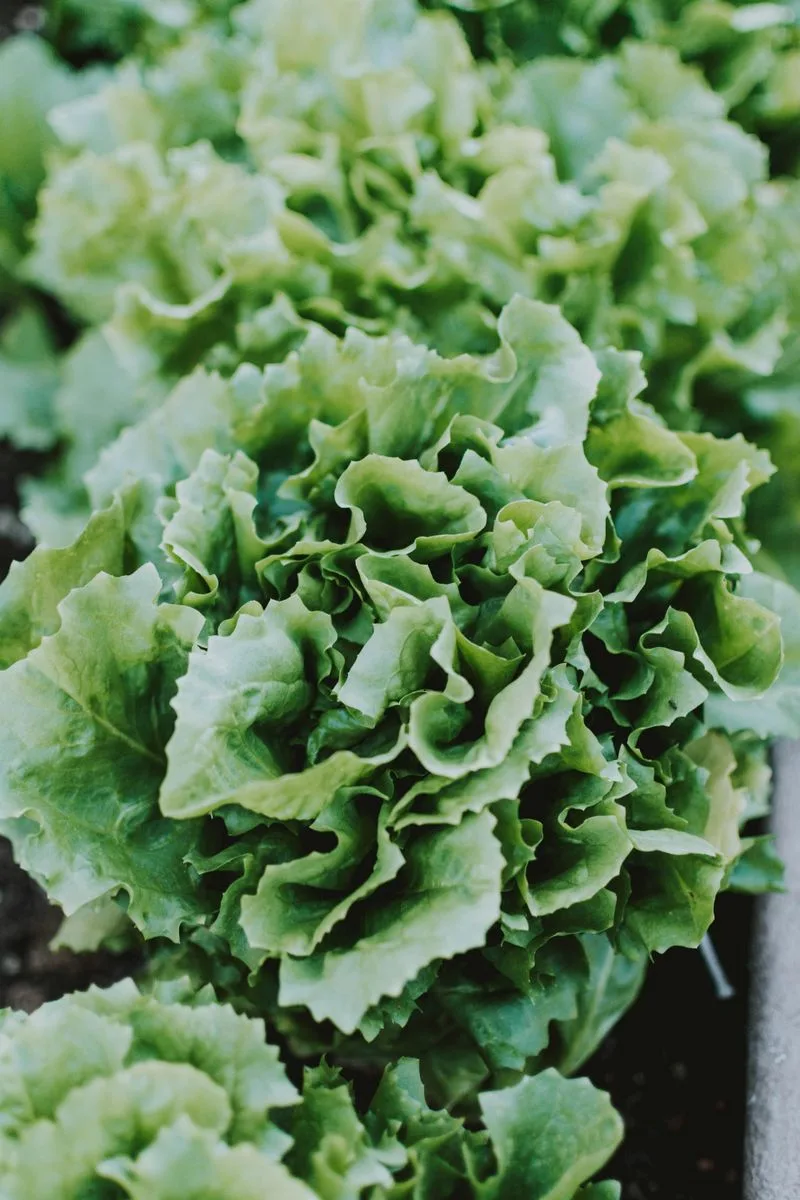
Standard lettuce varieties can leave you disappointed when they fail to thrive, often bolting quickly and turning bitter in the fluctuating spring weather.
Opt for mizuna, a Japanese mustard green that offers a peppery bite and thrives under similar planting conditions. Its resilience to pests and temperature swings makes it a valuable garden ally.
Mizuna not only enhances salads with its distinct flavor but also stands as a testament to what careful variety selection can achieve in your spring gardening endeavors.
Kale

Kale’s popularity doesn’t shield it from spring setbacks, as pests and rapid temperature changes can lead to hole-ridden, yellowing leaves.
Collard greens offer a robust alternative, sharing kale’s nutritional profile while proving more resilient against the challenges of spring planting.
Their smooth, broad leaves can withstand pests better, providing a steady supply of greens that enrich your cooking with hearty texture and flavor.
Cabbage

Cabbage can be a tricky crop, often struggling with pests and diseases that impair growth and quality, especially in spring.
Napa cabbage provides a quicker-maturing and more forgiving alternative. Its tender leaves and mild flavor make it perfect for fresh salads and stir-fries.
With better resistance to common cabbage woes, it promises a more successful and satisfying gardening experience.
Fennel
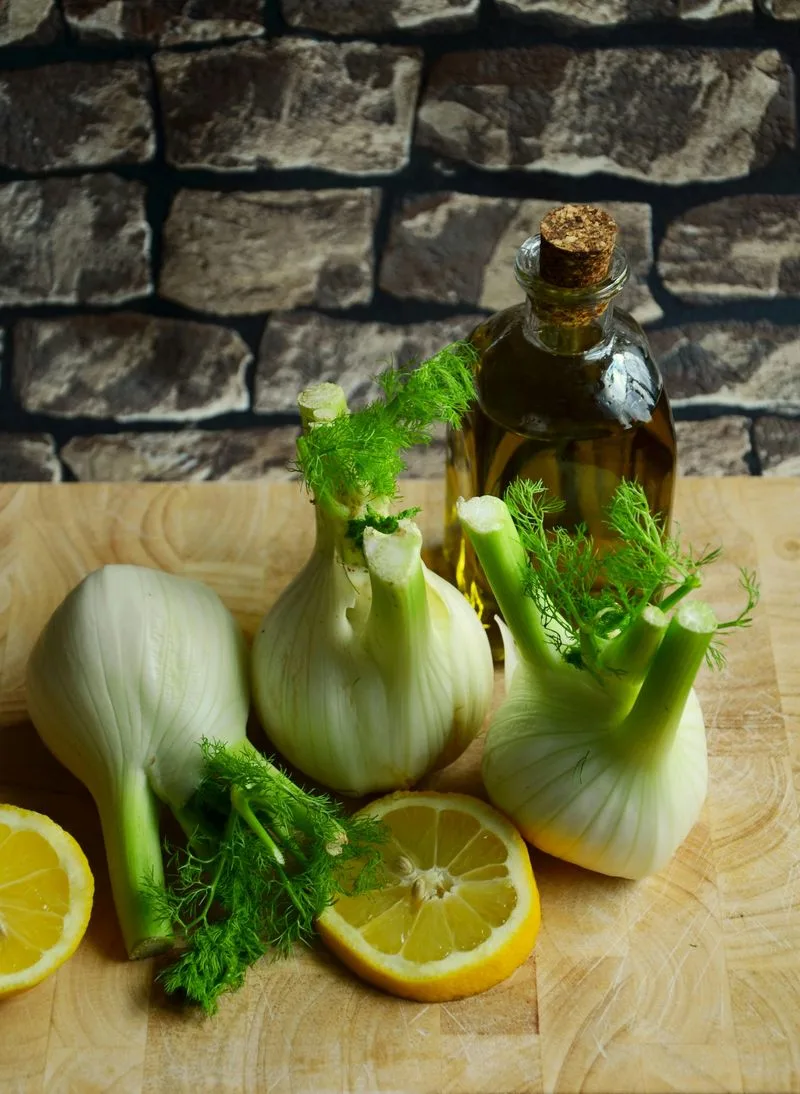
Fennel’s alluring anise flavor can be enticing, yet this spring crop often battles poor soil conditions and inconsistent growth, leading to underwhelming harvests.
Try fennel’s cousin, dill, for a more forgiving herb that thrives in a variety of conditions. Its feathery fronds add a burst of flavor to dishes without the same demanding growth needs.
Dill’s resilience makes it an accessible choice, offering that sought-after licorice hint with minimal fuss.
Turnips
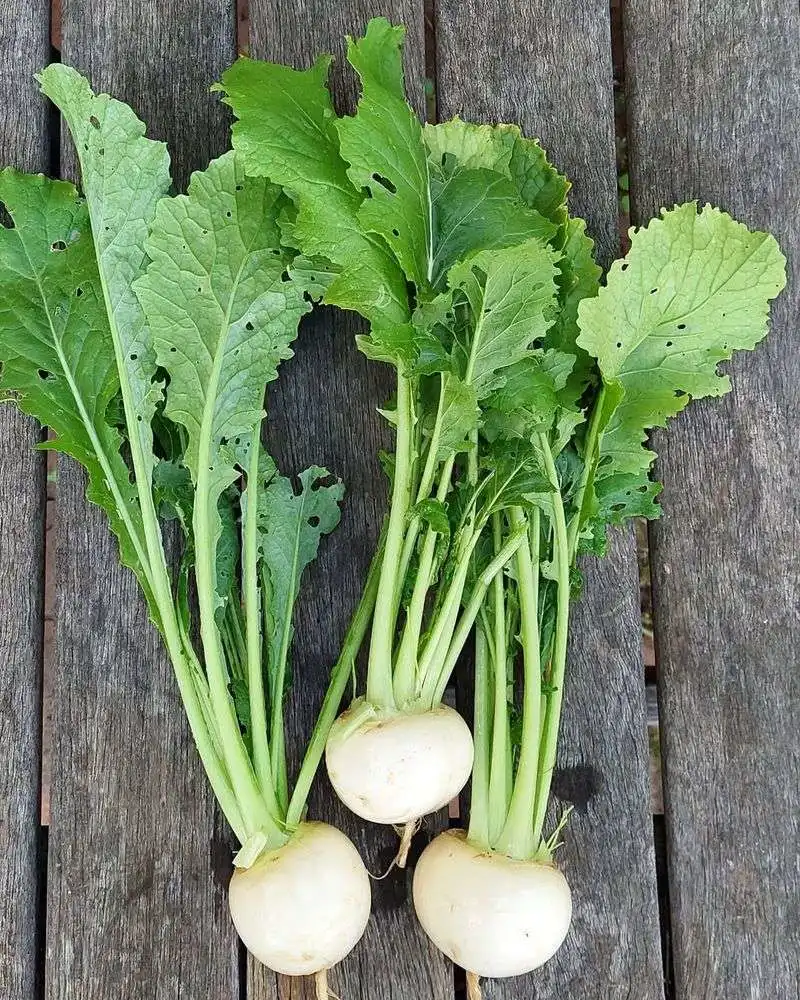
Turnips often promise to be a versatile staple in spring gardens, yet they frequently disappoint with their bland flavor and woody texture. Many gardeners find themselves wishing for a more rewarding root. Imagine biting into a turnip expecting a burst of freshness, only to be met with a lackluster taste.
Swap them out for rainbow chard! This leafy green bursts with color and flavor, offering a tender crunch and a hint of sweetness. The vibrant stems of rainbow chard not only add visual appeal but also elevate your culinary creations.
Planting rainbow chard instead can transform your garden into a lively, colorful paradise. Its easy growth and delightful taste make it a gardener’s favorite. Embrace this unexpected twist and watch your garden flourish.

